Greenhouse gases are gases that can absorb long-wave radiation (infrared) reflected from the Earth's surface after being illuminated by the Sun, then disperse heat back to the Earth, causing the greenhouse effect. This type of gas mainly includes Carbon dioxide (CO 2 ), Methane (CH 4 ), Nitrous oxide (N 2 O), Ozone (O 3 ). Greenhouse gases must be emitted by human industrial and agricultural production activities, in which rice production has emitted a large amount of greenhouse gases, the most of which is Methane.
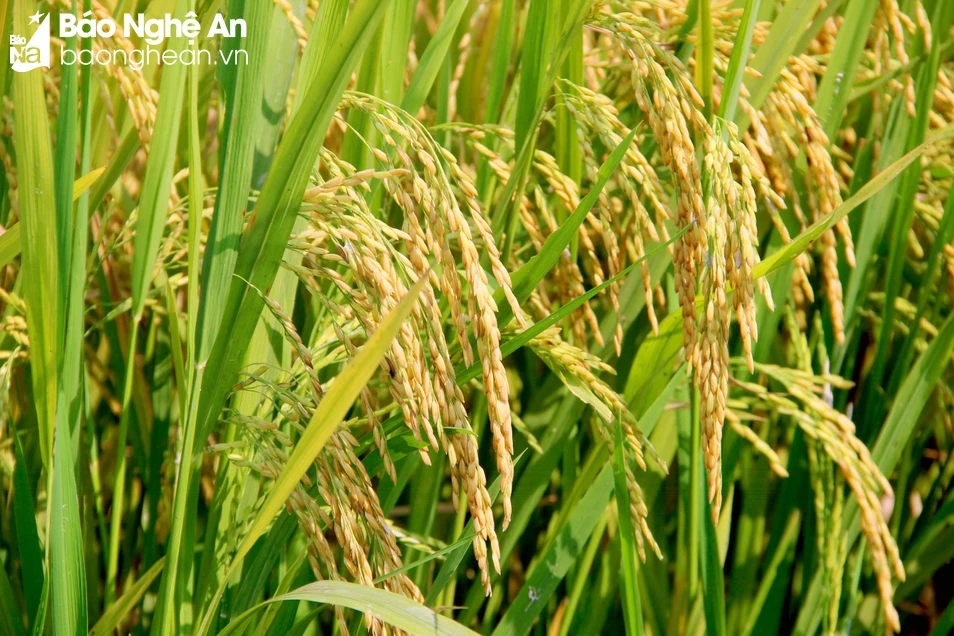
According to the United Nations Framework Convention on Climate Change, each company and manufacturing plant has a limit on the amount of greenhouse gas emissions released into the environment. If it is higher than the prescribed level, it will have to buy more Carbon Credits (Carbon Credits are certificates that can be traded and represent the right to emit a certain amount of CO2 or another amount of greenhouse gas converted to CO2 equivalent. One credit is equivalent to 1 ton of CO2 or 1 ton of CO2 equivalent) to avoid violating general regulations on environmental protection. If the actual emission is less than the limit, the unused Carbon Credits can be sold to other units.
To reduce greenhouse gas emissions in rice production towards meeting the requirements of creating Carbon Credits, we would like to guide farmers with the following technical measures:
Alternate flooding and drying (shallow surface drying) irrigation method for rice
Because methane gas in rice fields is produced during anaerobic decomposition (flooding) and emitted mainly through leaves, we need to apply some of the following technical measures to limit methane gas emission.
From transplanting to tillering, we keep a 3-5 cm layer of water on the field to limit weeds, keep the rice warm, and ensure favorable conditions for tillering fertilization; From tillering to panicle initiation, carry out alternating dry and wet irrigation. Let the water in the field dry naturally, when the water level drops below 15 cm below the ground level (use a PVC pipe inserted into the field to measure the water level), then pump water to flood 3-5 cm; From panicle initiation to 1 week before flowering, when fertilizing panicles, add about 3-5 cm of water to fertilize. Then continue to carry out alternating dry and wet irrigation as above; From 1 week before flowering to 2 weeks after flowering, continue to maintain 3-5 cm of water in the field; From 2 weeks after flowering until harvest, let the water drain until harvest.
To apply this measure, it is also necessary to have a relatively complete irrigation system, proactive irrigation; relatively flat field surface; In addition, farmers need to apply the correct technical measures. Especially, it should be noted that it should not be applied to active acid sulfate soil, saline irrigation water or low-lying land.
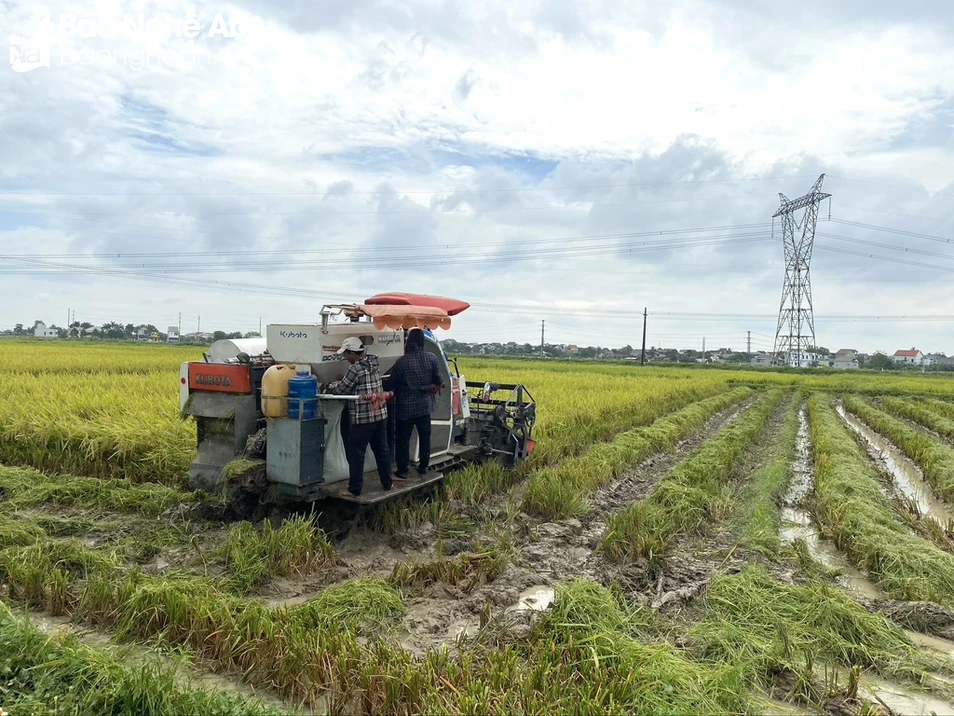
Measures for using fertilizers properly:
The main cause of nitrous oxide emissions is excess urea fertilizer. Therefore, it is necessary to base on each rice variety, soil type and crop to have a reasonable amount of fertilizer and fertilization method. Do not apply too much urea fertilizer, or you can use other slow-release nitrogen forms to reduce nitrogen loss when fertilizing crops. Farmers can use SA fertilizer instead of urea or apply closed compound NPK fertilizer.
Because the amount of greenhouse gas emissions in dryland crops is very low, converting inefficient wetland rice fields to other dryland crops will be highly effective in reducing greenhouse gas emissions. It is possible to convert from 2 rice crops to 1 rice crop and 1-2 other crops, or 1 rice crop and 1 fish crop... However, it is necessary to properly implement the policy of maintaining rice growing areas to ensure food security, so the complete conversion of rice fields to other crops can only be done in areas permitted by the government.
Some other technical measures
Using short-term varieties to have a short growing time in the field will limit methane emissions. Or use drought-resistant varieties to limit flooding. Absolutely do not burn straw directly in the field, causing carbon dioxide emissions and other harmful effects. If the field has moist soil, farmers can use Trichoderma fungi to treat it, but if the soil is flooded, farmers should use biological products with bacterial strains. For collected straw, you can use Emuniv biological products to decompose straw to compost straw into organic fertilizer. After the harvest, collect straw and stubble in a corner of the field, mix the biological products with the recommended amount with water and NPK fertilizer, and water the pile of straw and stubble. In addition, straw can be composted as animal feed or used as raw material for growing mushrooms.
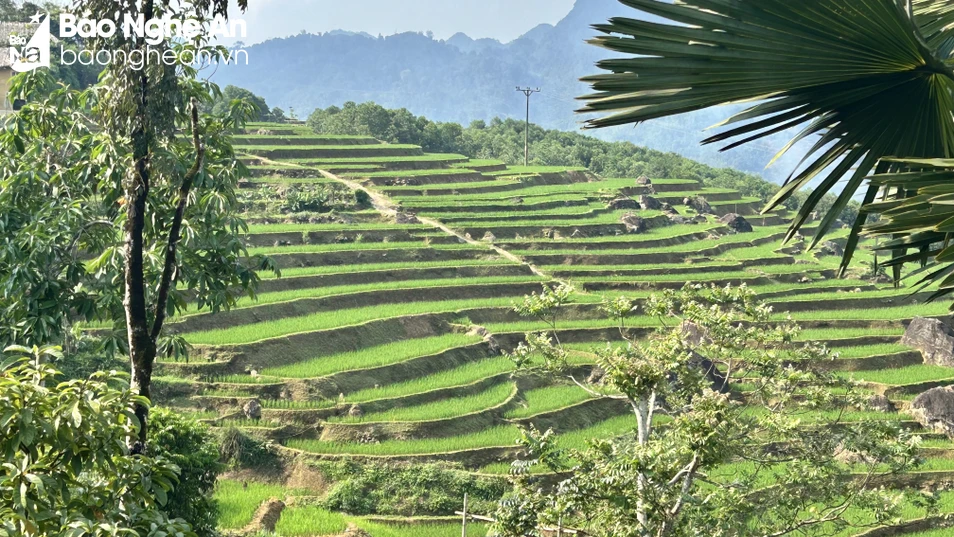
Nghe An with a rice growing area of 180,000 ha/year, is estimated to generate 8 credits/ha, with a unit price of 5 USD/credit, the total estimated revenue is 172.8 billion VND. Currently, Green Carbon Company has coordinated with the Northern Irrigation Company, the Southern Irrigation Company, the North Central Agricultural Science and Technology Institute to implement the project on an area of 6,000 ha of rice and will expand the area in the coming years. Therefore, reducing greenhouse gas emissions is a mandatory requirement and also an opportunity to increase income through selling Carbon Credits for Nghe An rice producers in the coming time./.
Source


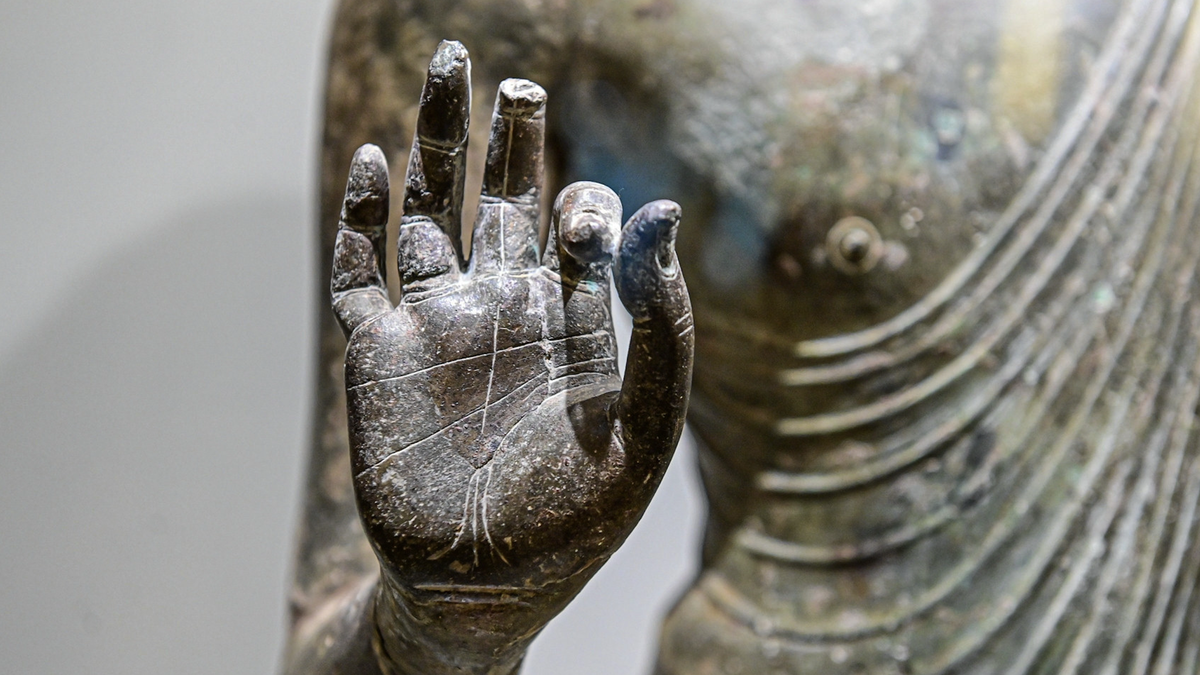
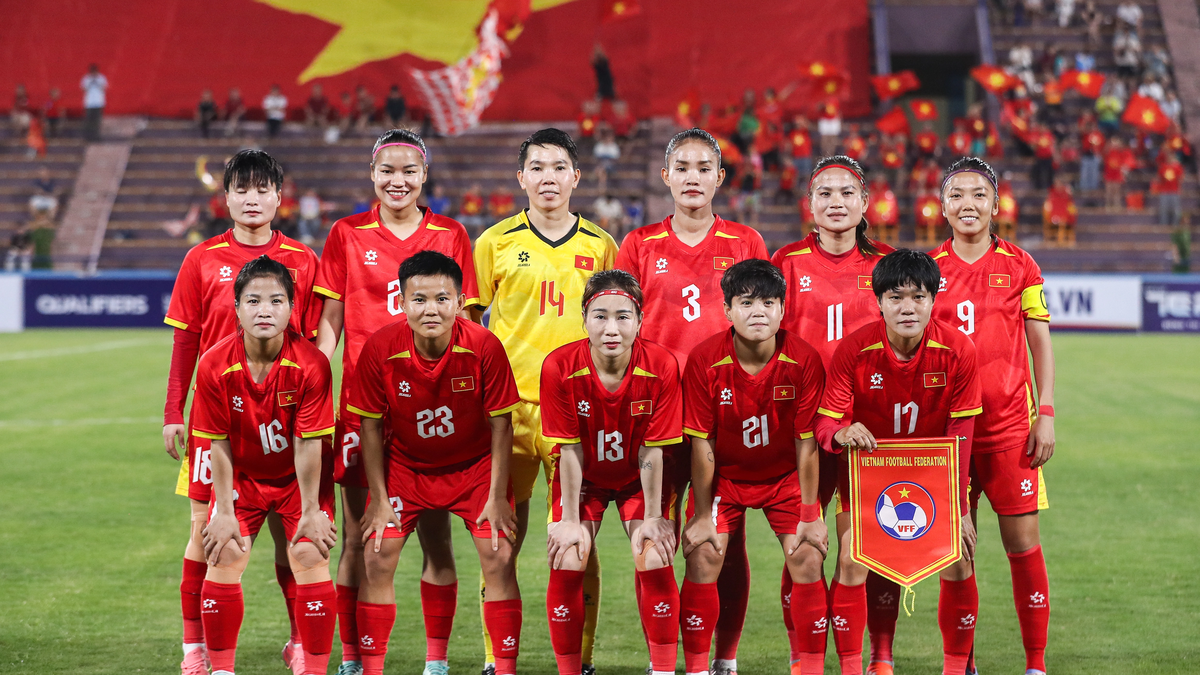



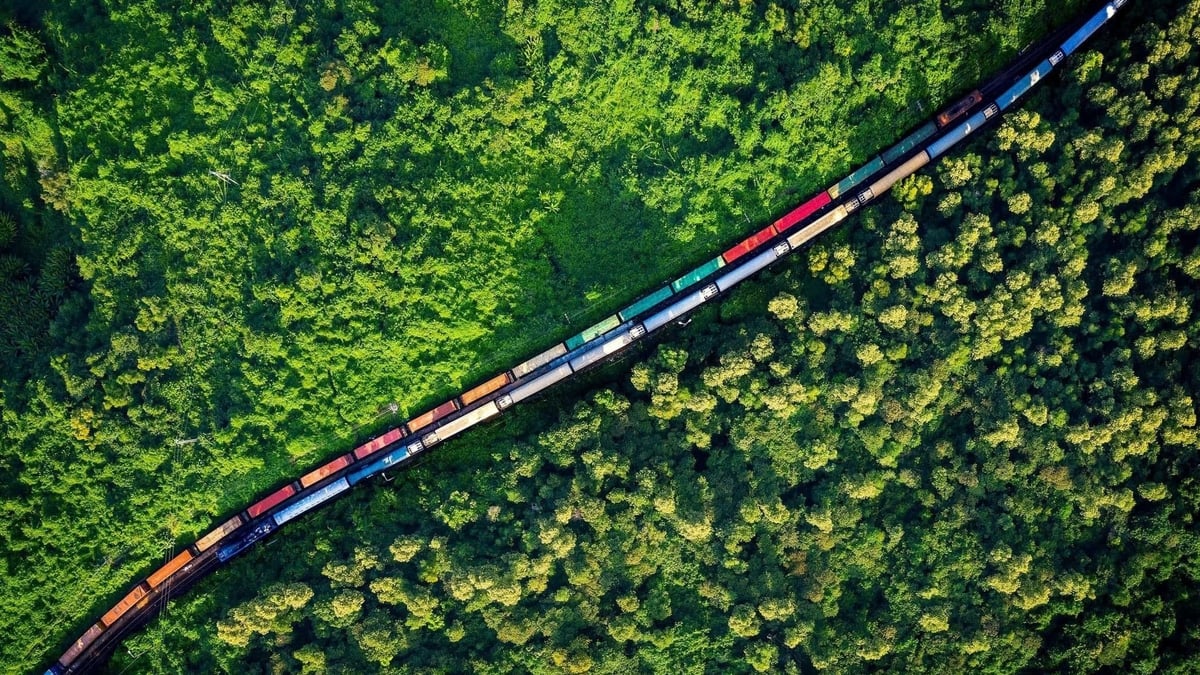



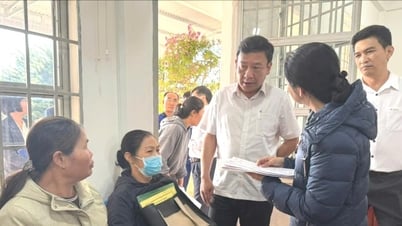
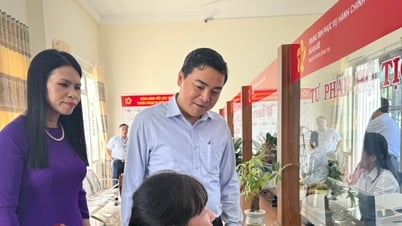

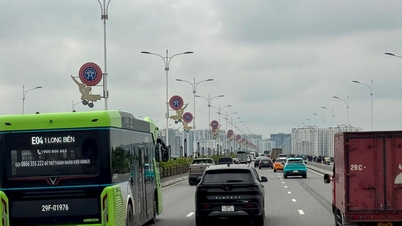




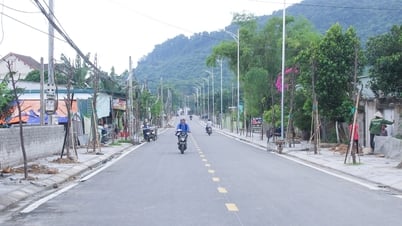
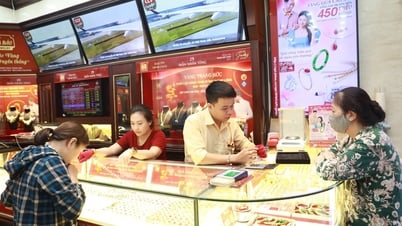
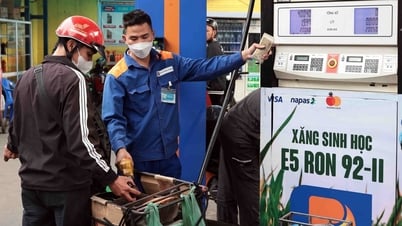
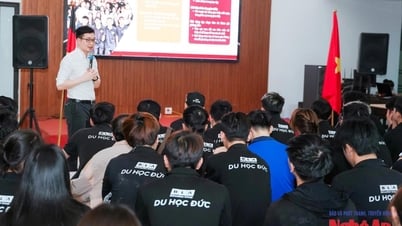




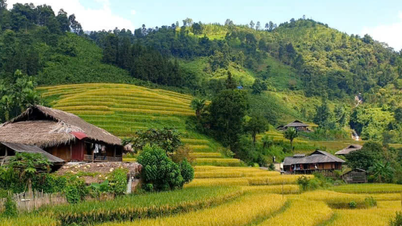


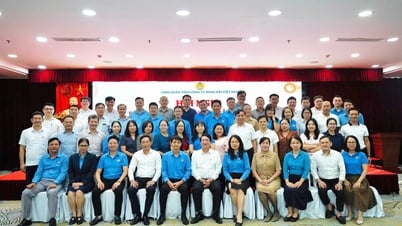
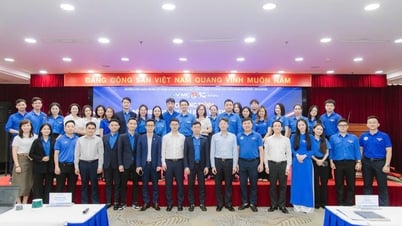
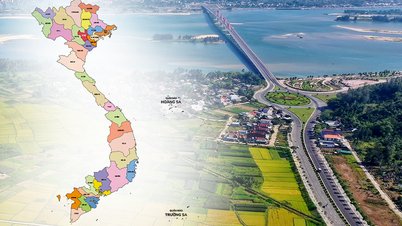
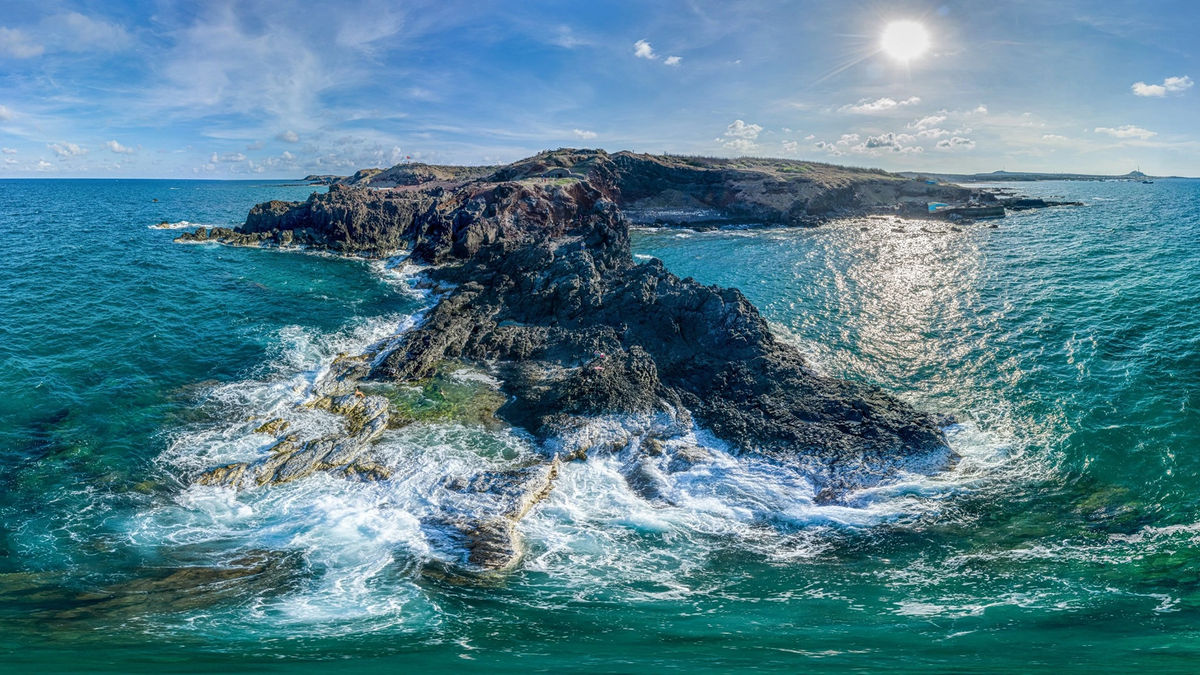
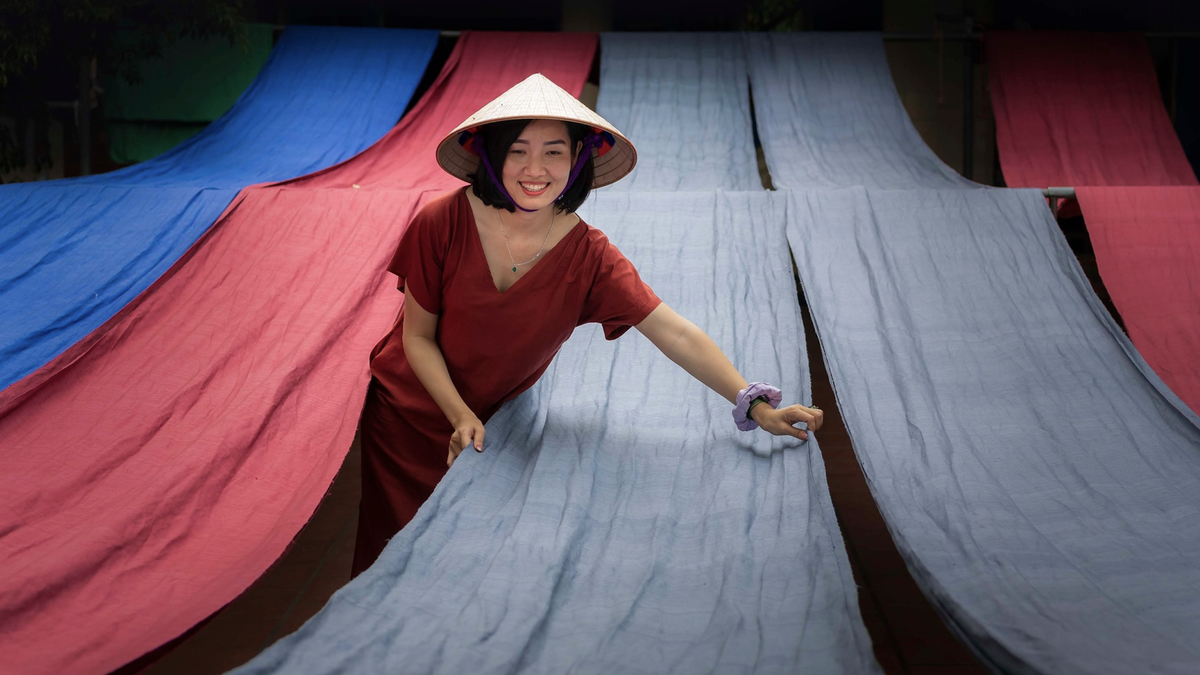
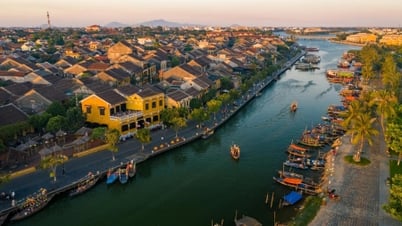



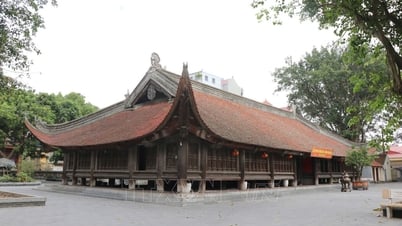

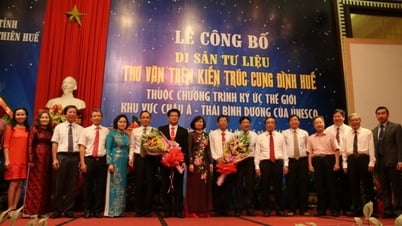

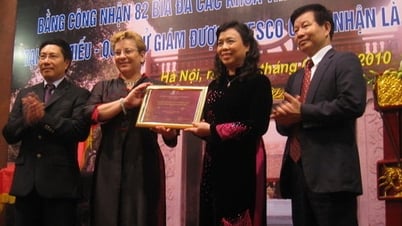

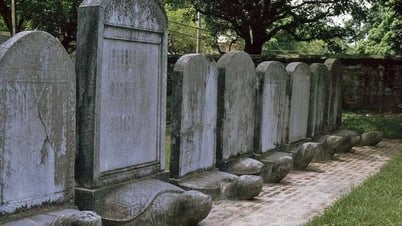







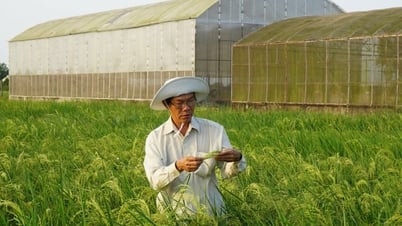

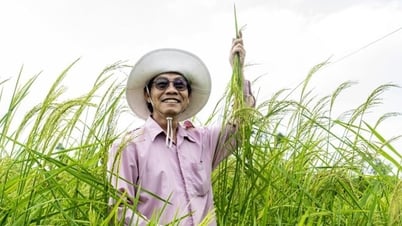

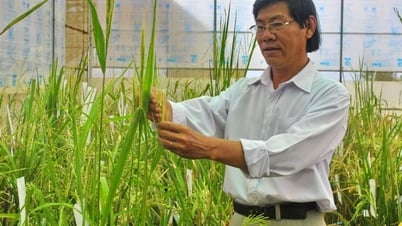
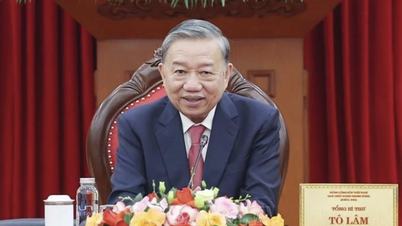
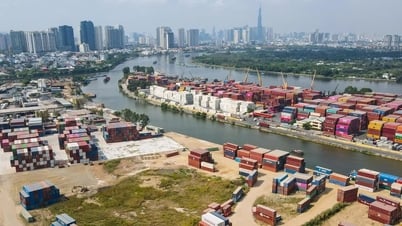

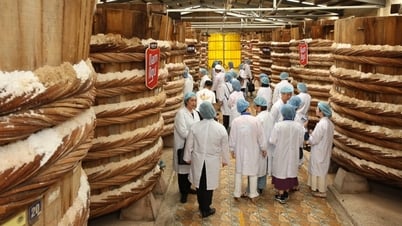

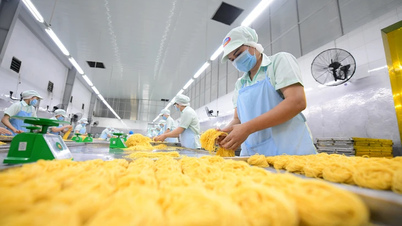



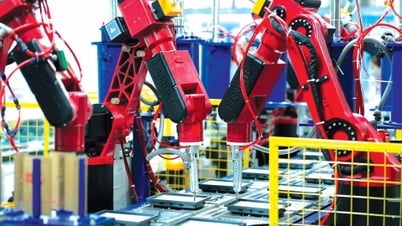

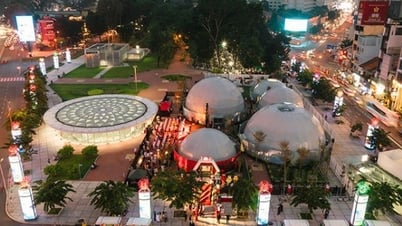




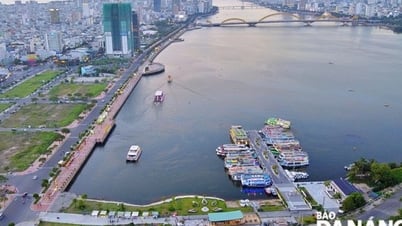

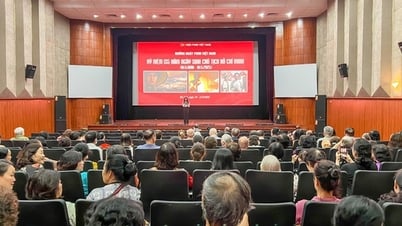
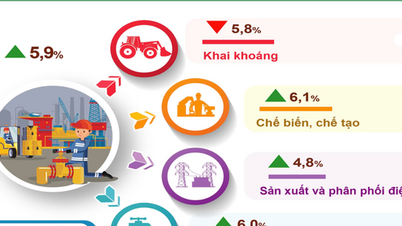

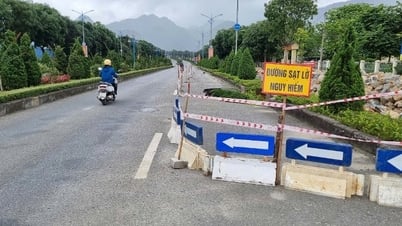

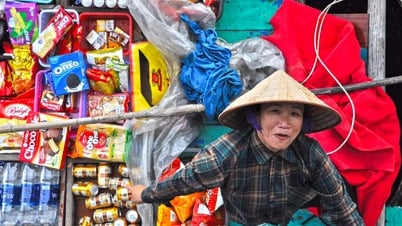

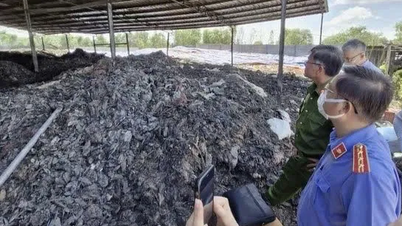

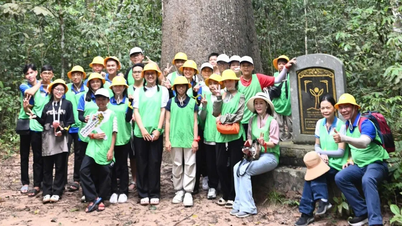


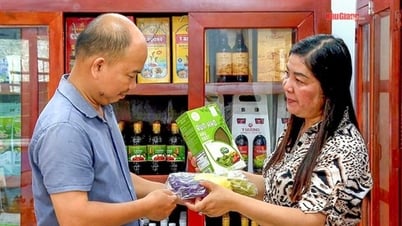

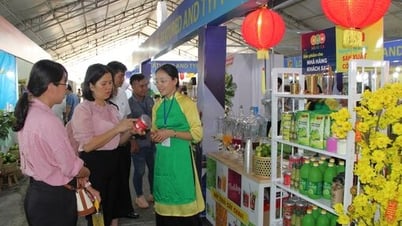

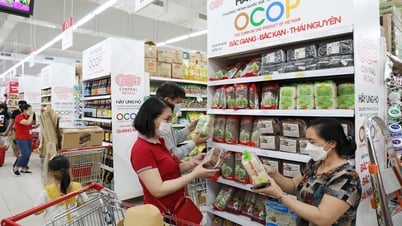

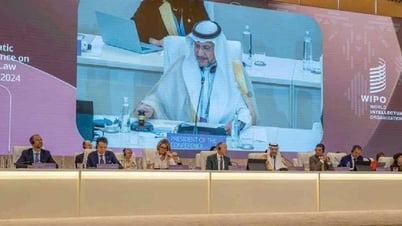




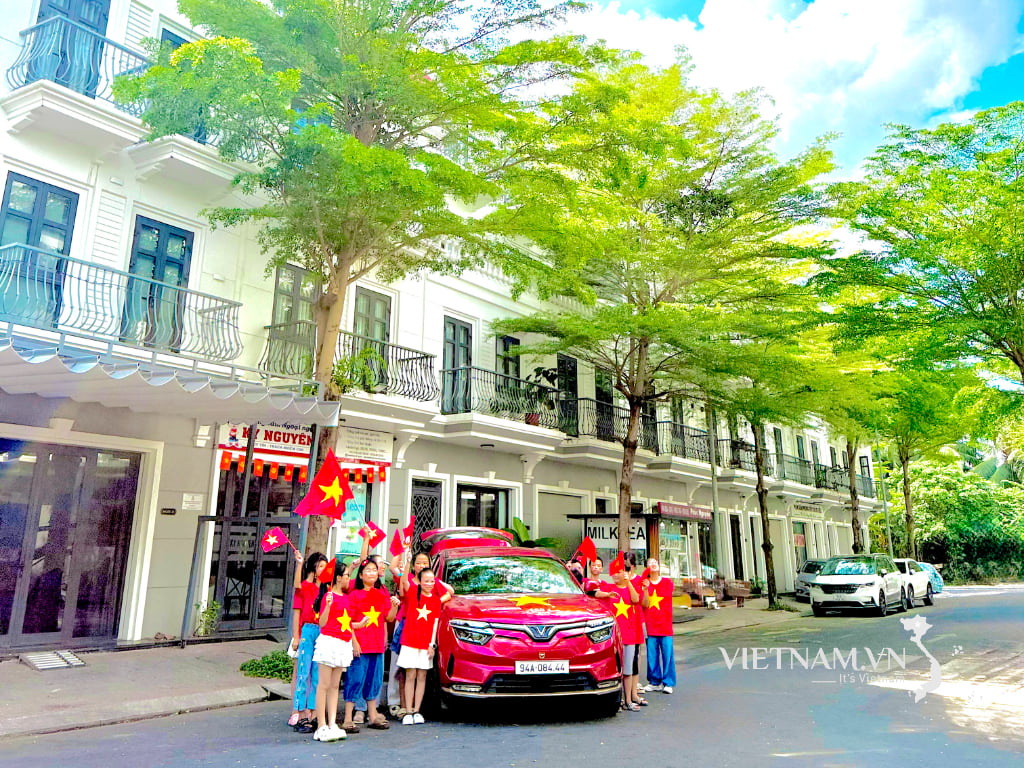



Comment (0)